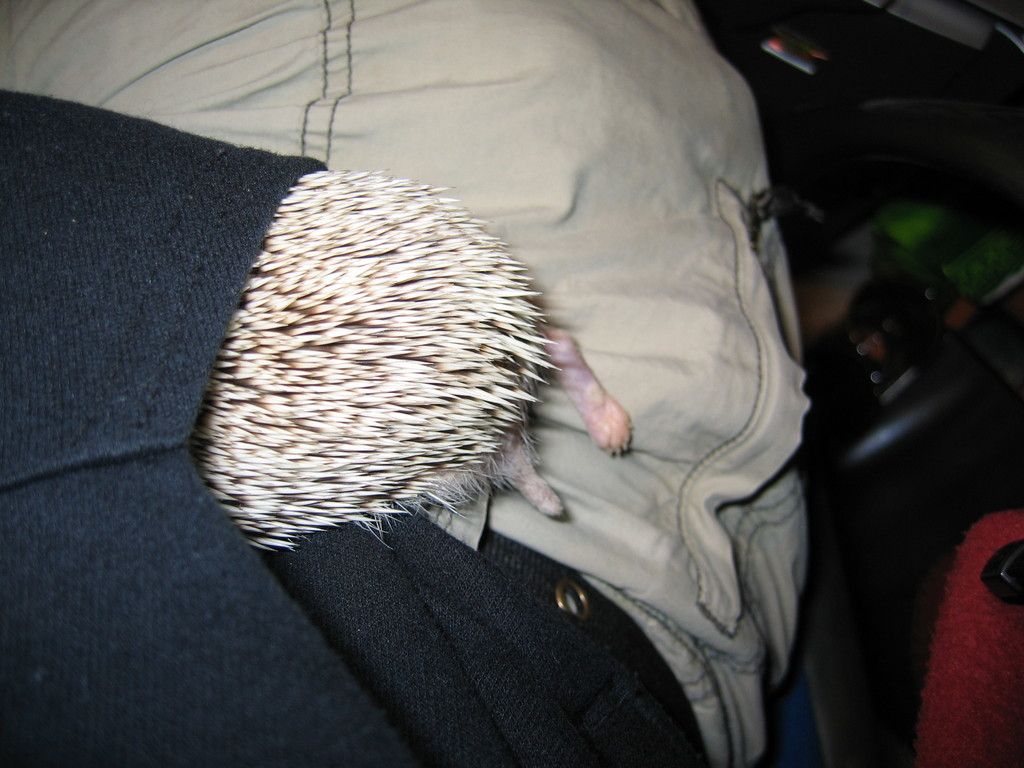Insider sources spill top strategies of Tinseltown's influential filmmakers
Behind the glitz and glamour of Tinsel Town, a not-so-famous fact emerges: many successful Hollywood bods (produceurs, directorz, and other film bigwigs) share a secret bond with their four-legged pals. From morning strolls to stress relief, these mutts are the hidden stars that help our entertainment heroes weather the stormy seas of Hollywood's unpredictable journey.
From Canine Comrades to Career Catalysts
In the dog-eat-dog world of entertainment, it's ironic that the industry's movers and shakers find solace and inspiration in their furry companions. Kathleen Kennedy, the brainchild behind box-office giants like "Jurassic Park" and "Star Wars," swears by weekly walks with her Labrador to solve production headaches. J.J. Abrams, legendary director and producer, credits his terrier mix with keeping him grounded under pressure.
But it's not just hearsay — scientific research backs it up. Interacting with pets reduces stress hormones while boosting feel-good hormones, helping Hollywood heavyweights stayLa crème de la crème du cinéma américain maintains sharp focus when playing with big bucks and folks' careers.
University of California studies also show that regular contact with our furry friends stimulates brain activity—the juicy cognitive juice needed for creative problem-solving and innovative thinking. Indispensable skills in an industry renowned for creative reinvention and novel ideas.
The Power of Consistent Rituals
Though Hollywood conjures images of never-ending parties and chaotic lifestyles, the scene's consistent achievers swear by disciplined morning routines.
Television trailblazer Shonda Rhimes kicks off her mornings with a half-hour walk with her dog, setting the tone for mental clarity and emotional regulation. Movie mogul Jerry Bruckheimer rises at 5:30 AM to tend to his German shepherds before reviewing international production updates—starting the day on a productive note right from the kennel!
These rituals serve multiple strategic purposes beyond food and cuddles. Physical activity boosts brain power, while doggy companionship creates a stress-free zone for sorting through complex creative challenges before diving into the opinion-rich atmosphere of offices. Even a quick 15-minute morning routine combining animal care and reflection paves the way for managing Tinseltown's unpredictable demands.
Building Bridges Through Barking Buddies
In a business centered on relationships, pets have a surprising knack for opening doors. The Laurel Canyon Dog Park has become a powerful spot for film industry power players to rub snouts, often leading to fruitful collaborations. Producer Nina Jacobson, best known for "The Hunger Games" franchise, formed a career-altering partnership with a chance meeting on morning dog walks.
Pet-centered interactions offer a refreshing layer of authenticity that's hard to find in traditional networking environments. Connecting over shared doggie duties helps build genuine relationships based on empathy rather than professional hierarchies or transactional objectives. Additionally, observing how someone treats their pet gives precious insights into vital character traits like patience, responsibility, and emotional intelligence—qualities vital for successful collaborations under production pressures. As the industry embraces more pet-friendly events, the dog park's influence looms larger.
Navigating Hollywood's Financial Jungle with a Dog's Guiding Paw
Managing the Hollywood monsters—colossal capital investments, extended development timelines, and volatile markets—requires careful risk management. Elite producers have discovered that strategies for managing expensive pets parallel successful risk management tactics.
Producer Scott Rudin, famous for meticulous project selection, emphasizes boundaries and clear expectations, essential lessons learned from dog ownership. These principles create a working environment that prevents pricey mid-production changes that can wreck budgets and burn bridges.
Adopting a long-term perspective is another critical area where dogs and showbiz queen much alike. Successful producers balance short-term rewards against future security—a strategy that keeps cash flowing during bustle years and prepares for unforeseen expenses. Legendary producer Gale Anne Hurd employs a "three-project horizon"—a smart balance of projects at various stages of development to ensure work continues amidst industry upheavals.
Creating a Pawsome Production Environment
Forward-thinking production companies recognize the advantages of allowing well-behaved dogs to join the workforce. Studios like Bad Robot and Amblin Entertainment welcome furry friends to offices, writing rooms, and select production facilities. These pet-friendly environments report increased team cohesion, with canines acting as social lubricants that dissolve departmental barriers and hierarchical tension.
Studies show that these environments boast lower stress levels, higher job satisfaction, and improved collective problem-solving. Innovative workspaces adapt to the trend, offering designated pet relief areas, developing clear behavioral guidelines, and implementing scheduling systems for sound recording. Initial pet-friendly trials demonstrate benefits while addressing potential concerns like allergies, disruptions, or liability with careful policy development.
Fellowship of the Furry: Lessons from Canine Companionship
The long development span of major entertainment projects echoes the training process of devotedCanine companions. Perseverance and patience are essential skills for molding the ideal pet and seeing groundbreaking entertainment ventures through to completion. Pioneering filmmaker James Cameron has drawn parallels between incremental dog training and the disciplined development required for trailblazing visual effects. Both domains require consistent reinforcement of desired behaviors, recognizing incremental improvements, and accepting setbacks as part of the process.
Leadership styles in production often follow effective training methodologies. Visionary producer Kathleen Kennedy employs a "positive reinforcement" management style that encourages team members' strengths while addressing weaknesses constructively. Marvel mastermind Kevin Feige has revealed how dog ownership taught him to understand different communication and motivation styles among team members, leading to his personalized approach to managing diverse creative personalities. The patience cultivated through nurturing animal relationships translates directly to managing the considerable time delays between project inception and realization—a skill necessary for thriving in Hollywood's competitive landscape.
So, next time you binge-watch your favorite franchise or tackle the industry head-on, remember the fuzzy foot soldiers behind the scenes who help our entertainment elites march forward with poise, patience, and a whole lot of tail-wagging enthusiasm.
Bonus Bites
- Cinematic Canine Companions: Uncover the fascinating behind-the-scenes stories of popular movie dogs and their human friends. Bark Your Way to the Oscars!
- The Struggling Artist's Guide to Adopting a Companion Pet: Budgeting for pet ownership on a starving artist's wage. Purr-fect Pocket Change.
- Eco-Friendly Hollywood: Printing Your Own Blood and Sweat: Learn how to save the planet while making movie magic. From DIY costumes to green sets, become an eco-conscious Hollywood heavyweight!
- Top 5 Movie Moments That Would Never Happen in Real Life: A hilarious ride through the silver screen's most improbable scenes. No Plausibility Allowed!
- The Curious Case of the Disappearing Director: Unraveling Hollywood's Mysterious Ghost Directors: From hidden identities to washed-up stars, discover the world of ghost directing and its impact on Tinseltown. Credits Rolling, but the Real Director's Hiding…
- Hollywood's heavyweights in the film industry find comfort and inspiration in their four-legged friends, who serve as secret allies in their high-pressure careers.
- Kathleen Kennedy, producer of hits like "Jurassic Park" and "Star Wars," attributes weekly walks with her Labrador for solving production problems.
- J.J. Abrams, legendary director and producer, credits his terrier mix for keeping him grounded under stress.
- Interacting with pets reduces stress hormones and boosts feel-good hormones, helping these entertainment giants remain focused.
- University of California studies show that regular contact with pets stimulates brain activity, vital for creative problem-solving and innovative thinking.
- Successful Hollywood figures swear by disciplined morning routines, which include physical activity and doggy companionship.
- Shonda Rhimes, a television trailblazer, starts her day with a half-hour walk with her dog for mental clarity and emotional regulation.
- Jerry Bruckheimer, a movie mogul, rises early to tend to his German shepherds before reviewing international production updates.
- These rituals offer multiple strategic benefits beyond food and cuddles, including boosting brain power and creating a stress-free zone for tackling complex challenges.
- In a business centered on relationships, pets have a surprising knack for opening doors and creating opportunities for fruitful collaborations.
- The Laurel Canyon Dog Park is a powerful networking spot for Hollywood's decision-makers, often leading to significant partnerships.
- Pet-centered interactions offer a refreshing layer of authenticity that's hard to find in traditional networking environments.
- Managing the financial complexities of Hollywood productions requires careful risk management, similar to managing expensive pets effectively.
- Producer Scott Rudin employs lessons learned from his dog-ownership experience, such as setting boundaries and clear expectations, in his meticulous project selection.
- Adopting a long-term perspective is another critical skill for producers, enabling them to balance short-term rewards with future security.
- Forward-thinking production companies recognize the benefits of allowing well-behaved dogs in the workforce, leading to increased team cohesion and a more relaxed work environment.
- Studies show that pet-friendly workplaces like Bad Robot and Amblin Entertainment report lower stress levels, higher job satisfaction, and improved collective problem-solving.
- The perseverance, patience, and communication skills learned through canine companionship translate directly to managing long, complex Hollywood projects, making them valuable skills for thriving in the industry.





